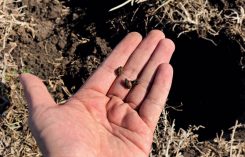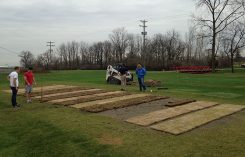Accurate or precise?
When you are deciding whether or not to spray, it is important to know whether your threshold levels should be termed accurate or precise. Consider a superintendent who estimates that clover has infested more than five percent of a fairway. ...Read More








